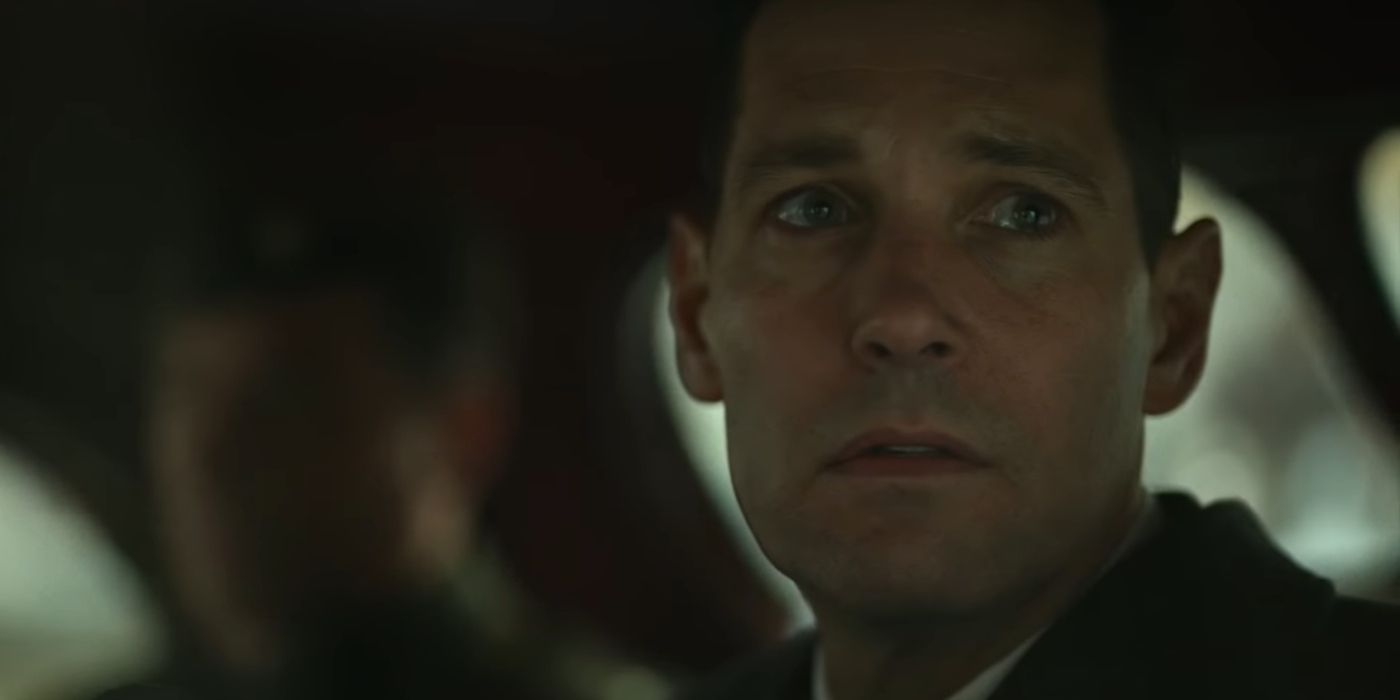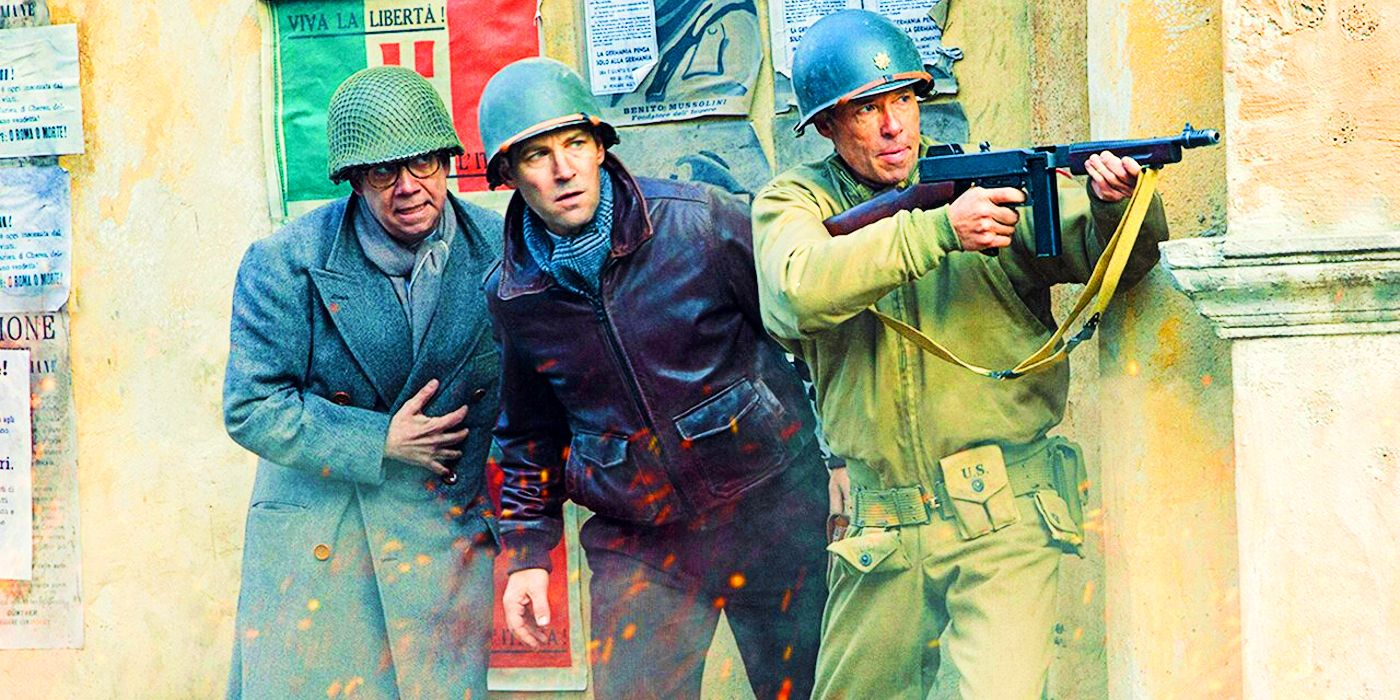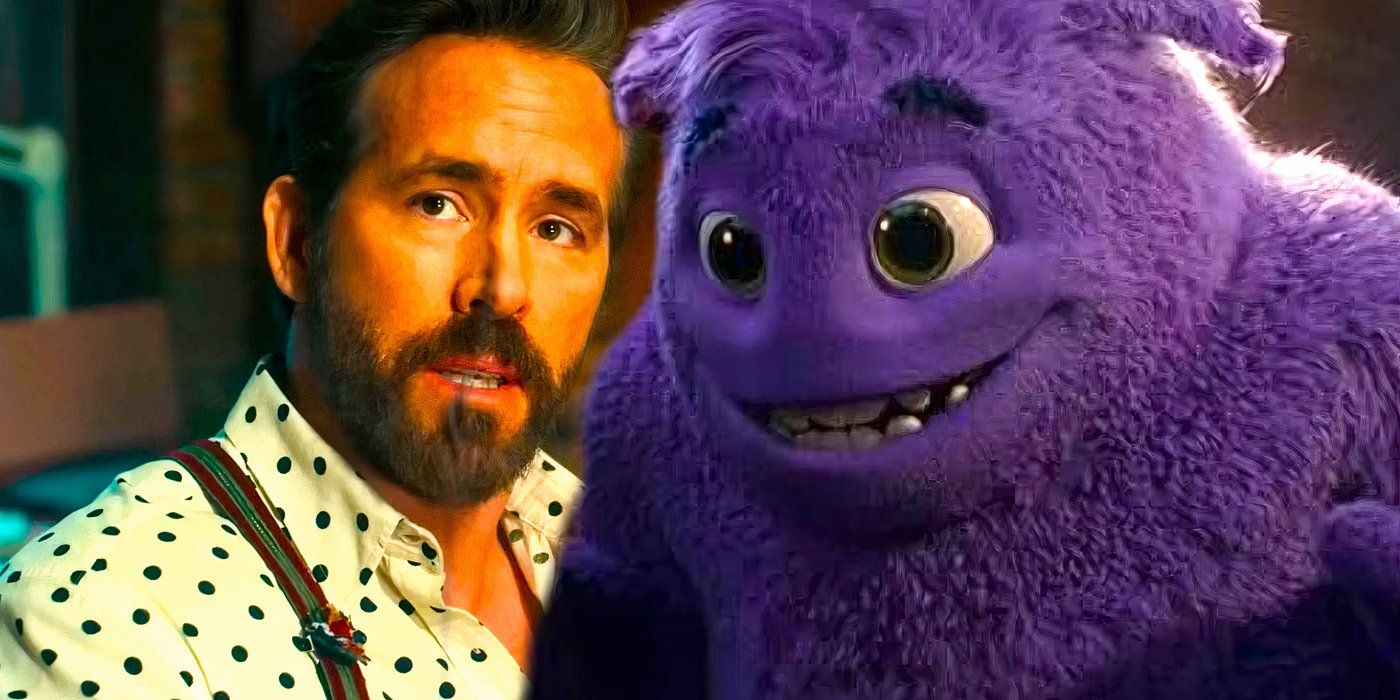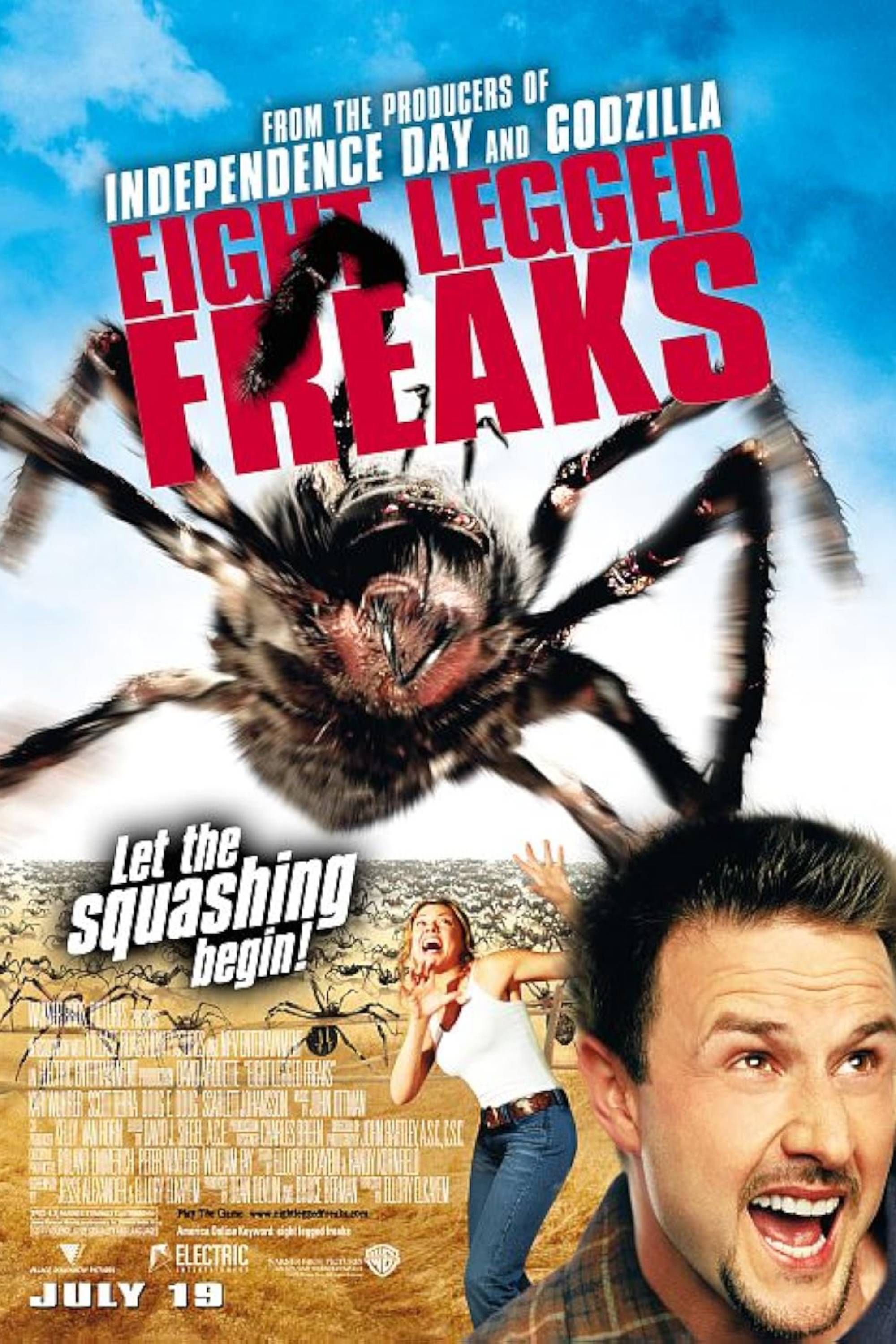The 2018 drama The Catcher Was A Spy told the story of the most mysterious baseball player who ever lived, and he lived a reclusive and secretive life long after the war. Starring Paul Rudd, The Catcher Was A Spy looks at the life of Moe Berg, who rose to prominence as a catcher for several prominent baseball teams, including the Chicago White Sox and Boston Red Sox in the 1930s. After the attack on Pearl Harbor in 1941, Berg signed up for the war effort; he accepted a position in the Office of Strategic Services and served as a spy for the United States Government throughout the war.
Adapted from the 1994 biography by Nicholas Dawidoff, the movie depicts Berg’s intriguing transition from a 15-season career as a baseball catcher to his pursuit of the German theoretical physicist Werner Heisenberg, who was allegedly in charge of creating an atom bomb for Nazi Germany; with his intellect and language skills, Berg traveled throughout Europe and was tasked with finding Heisenberg before the creation of the weapon was complete. As seen in The Catcher Was A Spy, Moe Berg’s work played a significant part in the U.S. Government’s fight with the enemy, but his work in espionage notably continued after the war ended.
Moe Berg Rejected The Medal Of Freedom After WW2
Throughout the war, Berg pursued Heisenberg across Europe, to determine for the U.S. Government whether Heisenberg was creating a bomb. As depicted in the movie, Berg attended a lecture given by Heisenberg in Zurich, with a pistol in his pocket, ready with standing orders, to assassinate the physicist if he found any indication of the bomb. Eventually, Berg determined that Heisenberg was not working on a weapon and did not pose a threat to the U.S.; he ultimately never carried through with the assassination plot (via Atomic Heritage Foundation).
After the war, Moe Berg returned to the United States and was awarded the Medal of Freedom by U.S. President Harry Truman for his services to war. However, in a note to the president, Berg refused to accept the honor, claiming that “his humble contribution” could not be divulged, and it embarrassed him (via The New York Times). While he rejected the honor during his lifetime, Berg was awarded posthumously after he died in 1972. It was accepted on his behalf by his sister, Ethel, and she later donated it to the Baseball Hall of Fame.
Moe Berg’s 1952 Soviet Mission Explained

After the war, Moe Berg continued working in espionage for several years. In the late 1940s, he joined the CIA and gained a reputation for his knowledge of assessing nuclear information. In 1952, he was sent back to Europe to gather information available about atomic science in the Soviet Union. He reached out to his old war contacts in Europe to try and gather any information about the Soviet Union’s atomic nuclear program (via Senior Women).
Berg’s 1952 mission proved unsuccessful as he was unable to obtain any information for the CIA. He remained working with the CIA and assisted NATO in selecting international sites for missiles until his contract expired in 1954 (via Warfare History Network). After finishing with the CIA, despite several offers to coach Major League Baseball, Berg never worked again.

The Catcher Was A Spy True Story: Moe Berg’s Role As A WW2 Spy & Heisenberg Connection Explained
Here’s the true story depicted in Paul Rudd’s The Catcher Was A Spy, which follows Moe Berg, a baseball player who becomes a spy during WWII.
Why Moe Berg Became A Nomad After His Time With The CIA
After his time in the CIA, Berg appeared to drift from one place to another, never settling down in one place for long. Despite holding degrees from Princeton and Columbia Law School, he never had a job and spent the majority of his free time traveling around, watching baseball matches, and browsing bookstores. Berg remained very secretive about his time working in espionage; he refused to discuss it publicly and turned down any book deals he received. According to the biography by Dawidoff, Berg always gave the impression to strangers that he still worked for the CIA, years after he left his role.
Berg traveled around, relying on old friends and strangers before moving in with his brother Samuel in New Jersey. He stayed with his brother for 17 years, unemployed, and remaining consistently moody and evasive, refusing to talk about his work with the CIA (via Jerusalem Post). The brothers eventually fell out and Berg was evicted from his brother’s home. He then moved in with his sister Ethel, in Belleville, New Jersey, where he lived for the rest of his life.
Moe Berg Passed Away At The Age Of 70

Moe Berg suffered from ill health later in life. In 1972, he was hospitalized after complications from a fall. He never recovered from his injury and he died on May 29, 1972, at the age of 70. It was later determined that Berg had died due to an aortic aneurysm; he was cremated, and his ashes were buried by his family, in a secret location in Israel (via Warfare History Network).
Throughout his life, Berg never lost his love for baseball and followed multiple teams. His reported last words before he died were “How did the Mets do today?” to a nurse, asking about a baseball match the Mets were involved in, and later won (via Baseball Hall). Moe Berg’s espionage work was dramatized in The Catcher Was A Spy, but his secret activities throughout the war significantly impacted him for the rest of his life.
Sources: Atomic Heritage Foundation, The New York Times, Senior Women,Warfare History Network, Jerusalem Post, Baseball Hall
The Catcher Was a Spy
*Availability in US
- stream
- rent
- buy
Not available
Not available
Not available
- Release Date
- June 22, 2018
- Runtime
- 98 minutes





